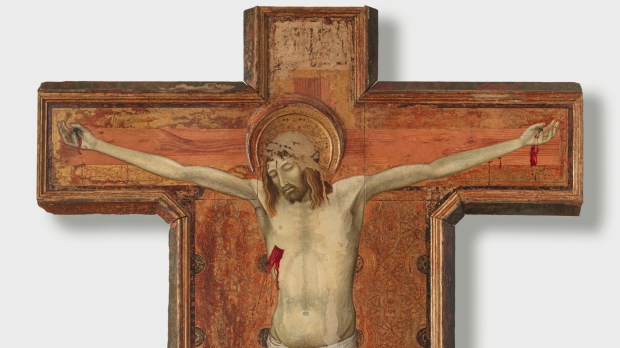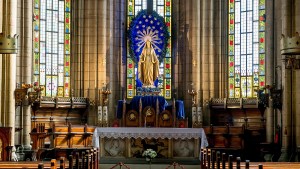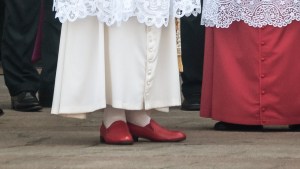Preserving ancient works of art is not an easy feat. Paintings, frescoes, and mosaics need constant preservation and care from restorers. and when it comes to artworks made of wood, preservation is even harder. Wood is subject to water infiltrations, humidity, and decay. The recent restoration of a 14th-century wooden crucifix in the Italian city of Siena shows that faith, passion, and talent can help keep Catholic heritage alive through the centuries.
Siena was famous for painted wooden crucifixes in the 14th and 15th centuries. Wooden crucifixes were remarkable for the complex carpentry involved and for their Gothic traits, such as five-pointed stars and molded frames. One of the most striking wooden crucifixes to be produced in the 14th century was made by Ambrogio Lorenzetti, a Sienese painter active between 1317 and 1348. Lorenzetti is known for his work “The Allegory of Good and Bad Government,” currently displayed in Siena’s former city hall building.
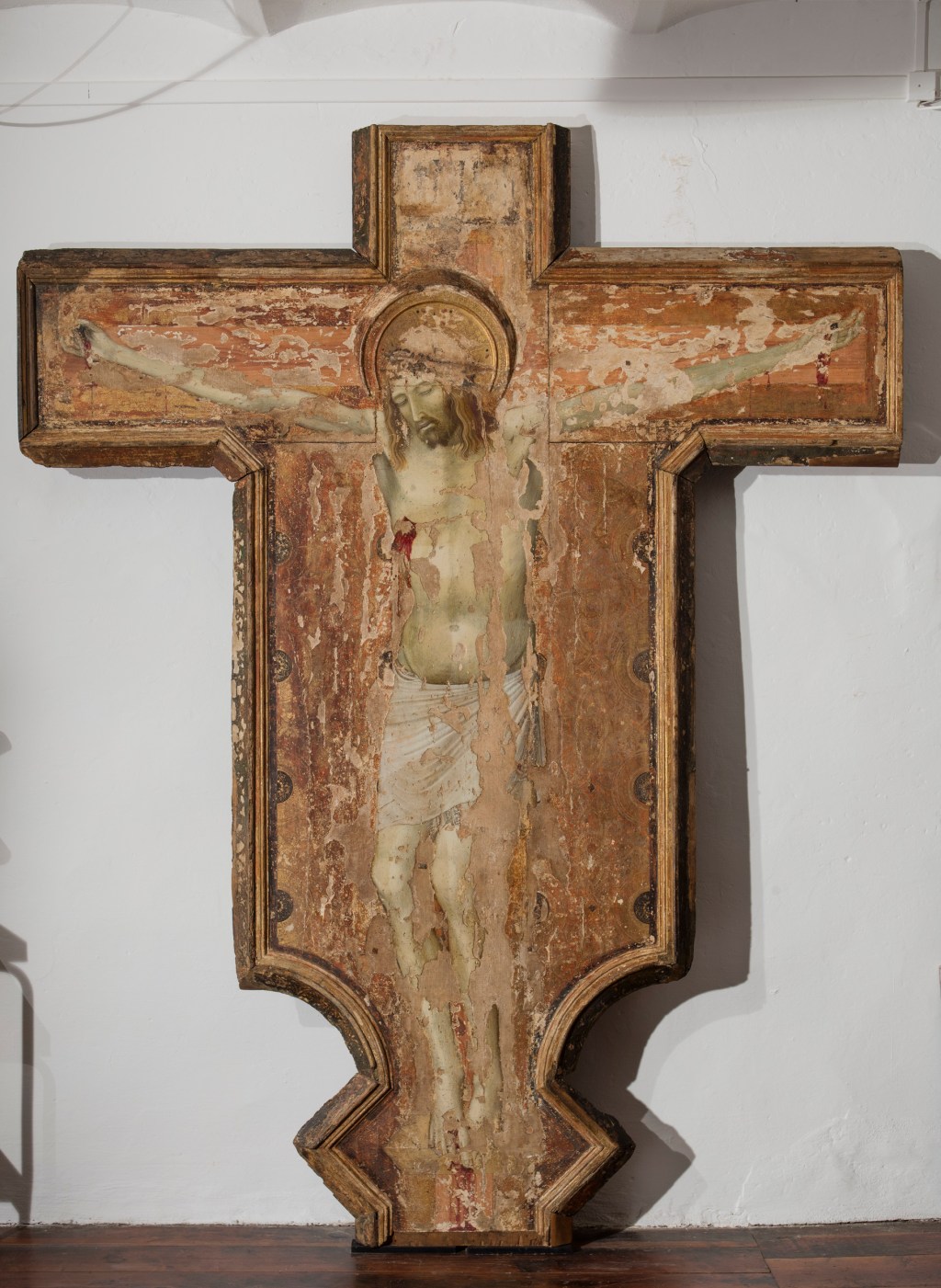
As explained in a press release by U.S. non-profit organization “Friends of Florence,” which provides financial support for restoration projects, the crucifix was painted while Lorenzetti was influenced by the style of Gothic master Giotto. It is an emotional artwork that strikes viewers for the vivid depiction of Christ’s body.
The masterful use of chiaroscuro (strong contrasts between light and dark) highlights Christ’s muscles, while slender brushstrokes define details such as the chestnut hair and beard framing Christ’s face. Lorenzetti’s masterful use of color is also integral to creating an emotional picture of the crucifixion. Bright red drops of blood stand in contrast with the more faded background, while the use of shades of blue in the lips poignantly conveys suffering. Viewers can almost perceive Christ’s expression during the final moment before his death.
Friends of Florence further noted that the crucifix was commissioned for the Convent of San Niccolò al Carmine in Siena and was later relocated to the city’s Royal Institute of Beaux Arts in 1862.
From 2017-2018 Siena organized an exhibition on Lorenzetti’s work, and it became clear that the crucifix needed to be restored. Cristina Gnoni, the Pinacoteca Nazionale’s Director at the time, asked Friends of Florence if they would be interested in funding the restoration project. The foundation agreed and restoration work started in 2020 led by Muriel Vervat under the direction and scientific supervision of Stefano Casciu, Regional Director of the Tuscany’s Museums Foundation.
As explained by Friends of Florence, the crucifix was in bad shape when restoration started. A rainwater infiltration had caused extensive damage to the painted surface, save for the face of Christ, which was spared thanks to the halo jutting out from the cross.
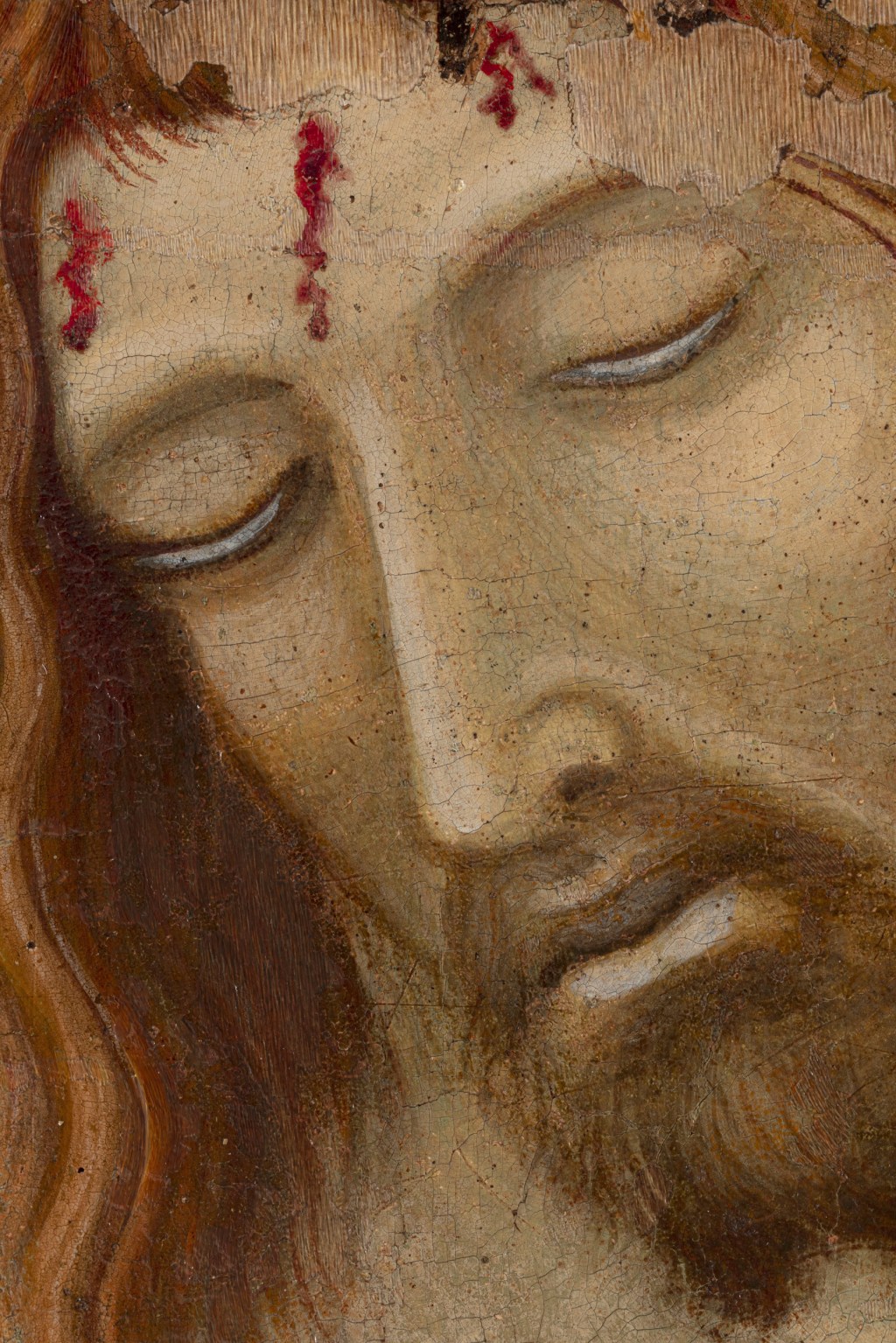
Restoration brought back some of the artwork’s key visual elements. Cleaning brought to light the painted wood of the cross, an imitation of real wood that creates a powerful contrast with the geometrical fabric decoration in the background. This geometrical pattern was made of a gilded material that had been damaged. Thanks to a careful study of the symmetrical shapes on both sides of Christ, restorers were able to recreate its lost lines.
Scientific study of the painting during restoration led to important discoveries of Lorenzetti’s painting style. For example, the artist created the red color used to depict Christ’s blood by mixing two pigments, a “basic” red made of cinnabar and darker red, made from kermes red, which was more expensive than gold at the time.
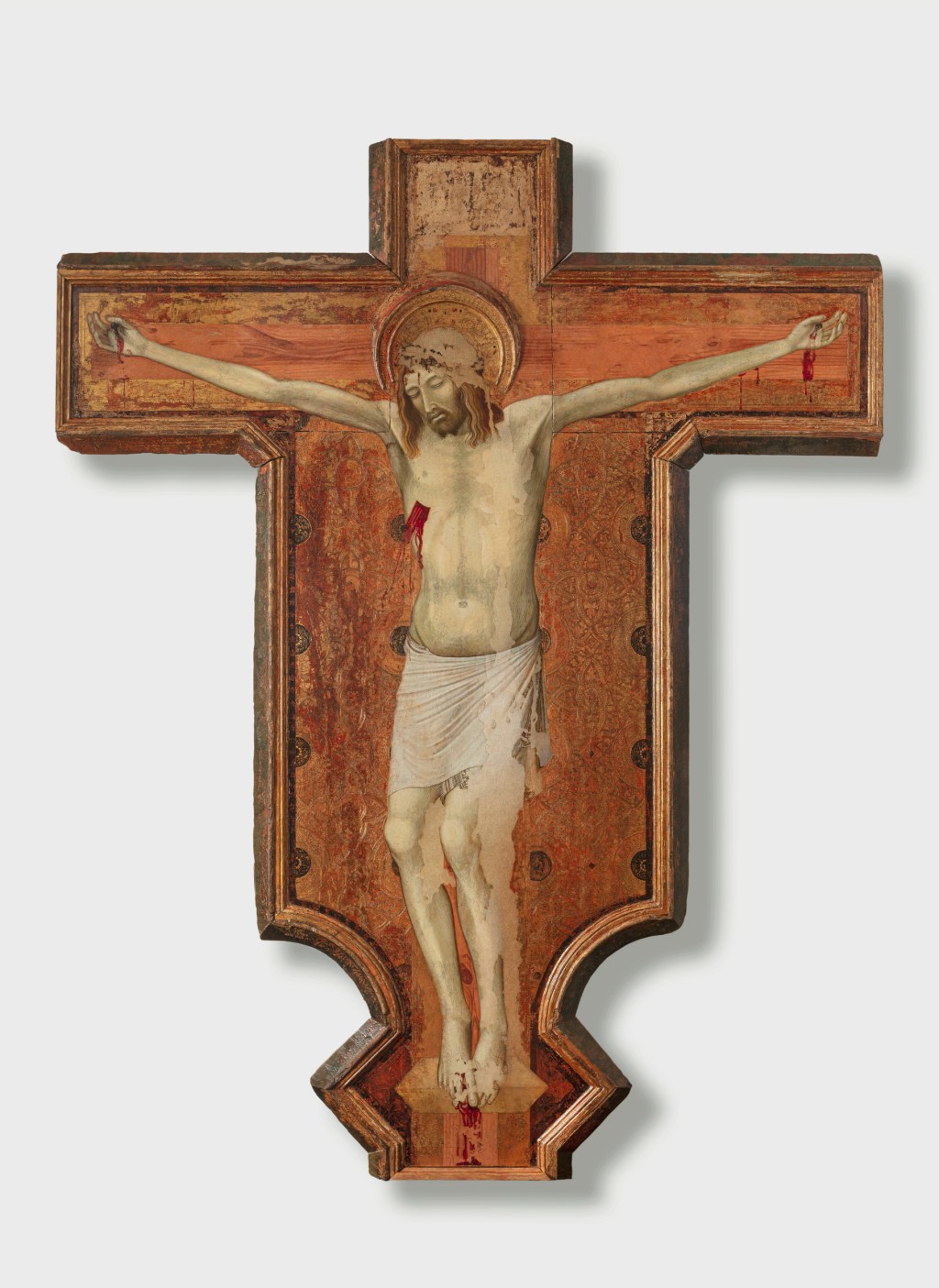
“The restoration of Ambrogio Lorenzetti’s painted Crucifix from the Pinacoteca Nazionale di Siena, so generously funded by the Friends of Florence for the Regional Direction of Tuscany Museums, was a much needed and very delicate operation designed to recuperate a major masterpiece of 14th-century Sienese painting, but at the same time it was important also in critical and methodological terms,” said Stefano Casciu, Regional Director of the Musei della Toscana. “The project brought to light the splendid tooled and gilded fabric in concentric motifs in the background, the wood of the cross, and the sublime body and face of Christ, rendered by Lorenzetti with a subtle yet intense technique still visible in the face, which has thankfully survived almost intact.”
“Siena is a city that has always fascinated our benefactors,” added Friends of Florence President Simonetta Brandolini d’Adda, “This particular restoration, which got under way in the midst of the pandemic, has proven to be an immensely satisfying project.”
On October 19, the restored crucifix was presented to the public in a dedicated gallery in Siena’s National Art Gallery, where it will be on view until January 8, 2024. It will then be permanently displayed in Room 7 of the city’s National Art Gallery alongside other works from the Sienese master.
